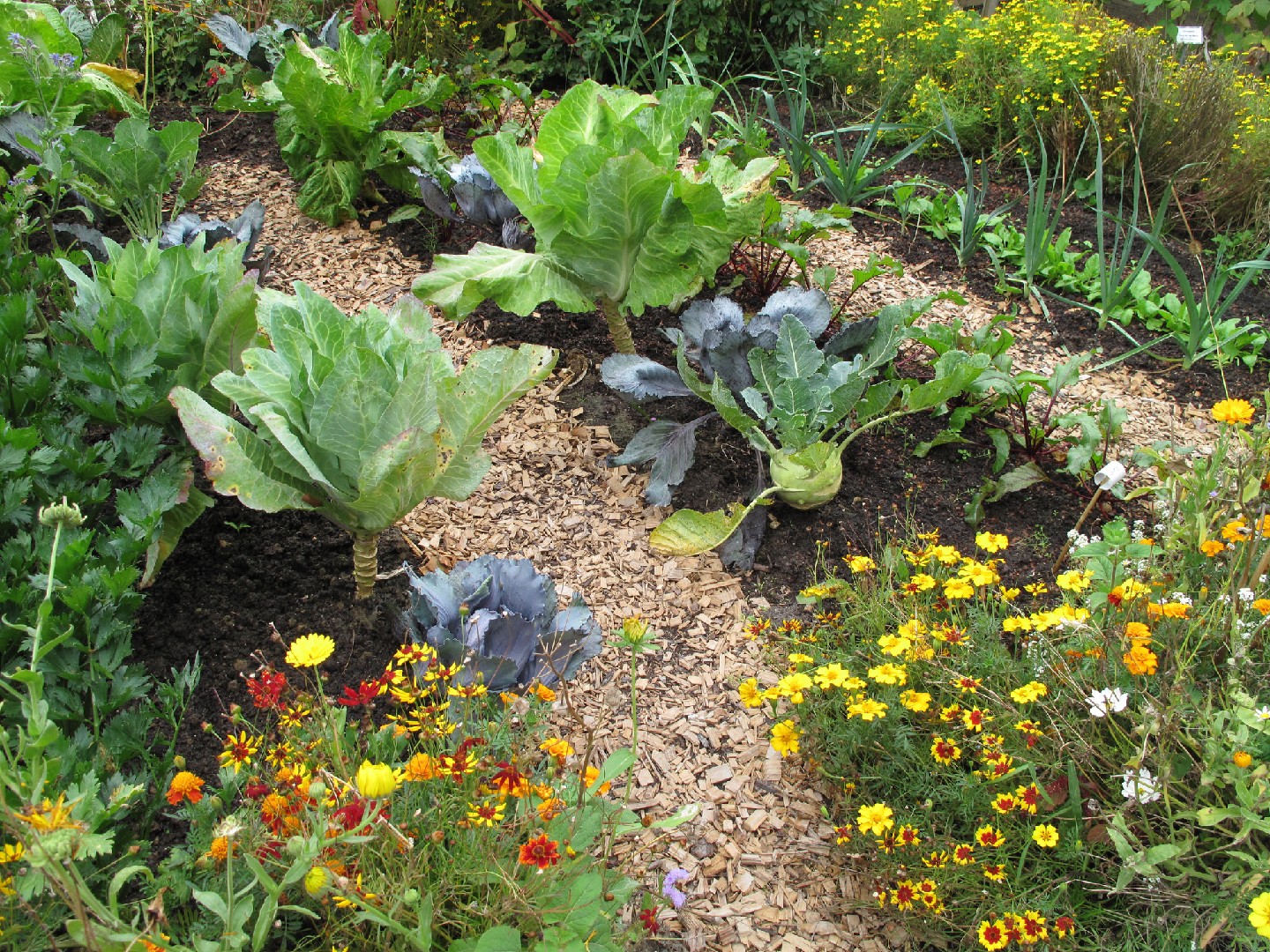![Rectangle]()
Long-Term Care for Your Water-Wise Edible Landscape
Once you have designed and installed your water-wise edible landscape, it is important to provide long-term care to ensure its health and vitality. Regular monitoring and timely interventions are key to maintaining a sustainable and thriving landscape.
First and foremost, it is essential to understand the specific care requirements of the plants you have chosen for your edible landscape. Each plant has unique needs, including watering frequency, sunlight exposure, and soil preferences. By familiarizing yourself with these requirements, you can ensure that your plants are receiving the optimal conditions for growth.
To monitor the health of your plants, regularly check for signs of stress, such as wilting, yellowing leaves, or pest infestations. Catching problems early on allows you to intervene and address them before they become major issues. Additionally, keep an eye on the moisture levels of your soil to ensure the plants are receiving adequate water.
One common challenge in maintaining any landscape is dealing with pests and diseases. In a water-wise edible landscape, it is crucial to tackle these issues in a sustainable manner, reducing the use of harsh chemicals that can harm beneficial insects and pollinators. Instead, opt for organic pest control methods such as companion planting, biological controls, and natural pesticides.
Companion planting involves strategically placing plants that naturally repel pests or attract beneficial insects. For example, planting marigolds alongside your vegetable beds can help deter aphids and other common pests. You can also introduce beneficial insects like ladybugs and lacewings to control pest populations.
Another sustainable approach is to create a diverse and resilient ecosystem within your edible landscape. By incorporating a variety of plants, you can minimize the risk of widespread damage from pests or diseases. Additionally, practicing proper soil management and ensuring good drainage can help prevent the development of root rot and other soil-borne diseases.
Regularly inspect your plants for any signs of pests or diseases, and promptly take action if needed. Educate yourself about common pests and diseases that affect the plants in your edible landscape, so you can recognize them early and implement the appropriate treatments. Remember, prevention is always better than cure when it comes to maintaining the health of your landscape.
In conclusion, long-term care for your water-wise edible landscape involves regular monitoring, understanding the specific care requirements of your plants, and employing sustainable methods to tackle pests and diseases. By practicing these strategies, you can ensure the long-term success and sustainability of your landscape while enjoying the bountiful harvest of your drought-tolerant delights.





